QP Eutrochium (Eupatorium) dubium Baby Joe/ Joe Pye Weed Native (R)
QP Eutrochium (Eupatorium) dubium Baby Joe/ Joe Pye Weed Native (R)
SCIENTIFIC NAME: Eutrochium dubium 'Baby Joe' (formerly Eupatorium)
COMMON NAME: Baby Joe Pye weed
GARDEN SIZE: 2 to 3 feet tall x 1 to 2 feet wide
GROWTH RATE: Moderate
USDA ZONE: 3 to 9
EXPOSURE: Full sun to part shade
WATER & SOIL: Medium to wet; tolerates clay soil and wet conditions. Drought tolerant once established.
HABIT (FORM): Upright, clump-forming, compact
FOLIAGE: Deciduous; green leaves
FLOWERS: Showy, fragrant, purple blooms from July to September on strong, upright stems
PLANT ORIGIN: Nativar of a species found in the eastern United States and Canada, primarily along the Atlantic coastal plain from Nova Scotia to South Carolina. East of Tennessee.
WILDLIFE SUPPORT: Excellent nectar source for butterflies, bees, and other pollinators. Provides seasonal cover for small wildlife and may support seed-eating birds. Host plant for local butterflies and moths.
FERTILIZING: Minimal; grows well in average soils. May give a root stimulant or 4-3-3 fertilizer during initial planting, then feed lightly in late winter or early spring with compost or an organic fertilizer if desired.
PRUNING: Cut back to just above soil level in early spring to encourage dense regrowth. Leaving stems, leaves, and spent blooms over the winter benefits native pollinators and wildlife.
TOXICITY FLAGS: None known
USES: Rain gardens, pollinator gardens, perennial borders, compact spaces

